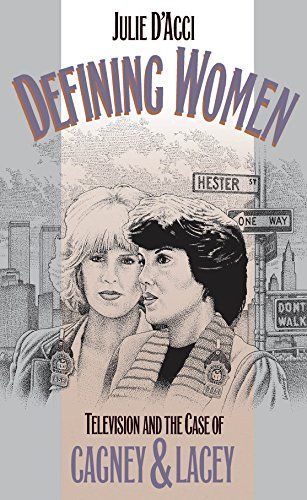
Defining Women Television and the Case of Cagney and Lacey
Defining Women explores the social and cultural construction of gender and the meanings of woman, women, and femininity as they were negotiated in the pioneering television series Cagney and Lacey, starring two women as New York City police detectives. Julie D'Acci illuminates the tensions between the television industry, the series production team, the mainstream and feminist press, various interest groups, and television viewers over competing notions of what women could or could not be--not only on television but in society at large. Cagney and Lacey, which aired from 1981 to 1988, was widely recognized as an innovative treatment of working women and developed a large and loyal following. While researching this book, D'Acci had unprecedented access to the set, to production meetings, and to the complete production files, including correspondence from network executives, publicity firms, and thousands of viewers. She traces the often heated debates surrounding the development of women characters and the representation of feminism on prime-time television, shows how the series was reconfigured as a 'woman's program,' and investigates questions of female spectatorship and feminist readings. Although she focuses on Cagney and Lacey, D'Acci discusses many other examples from the history of American television.